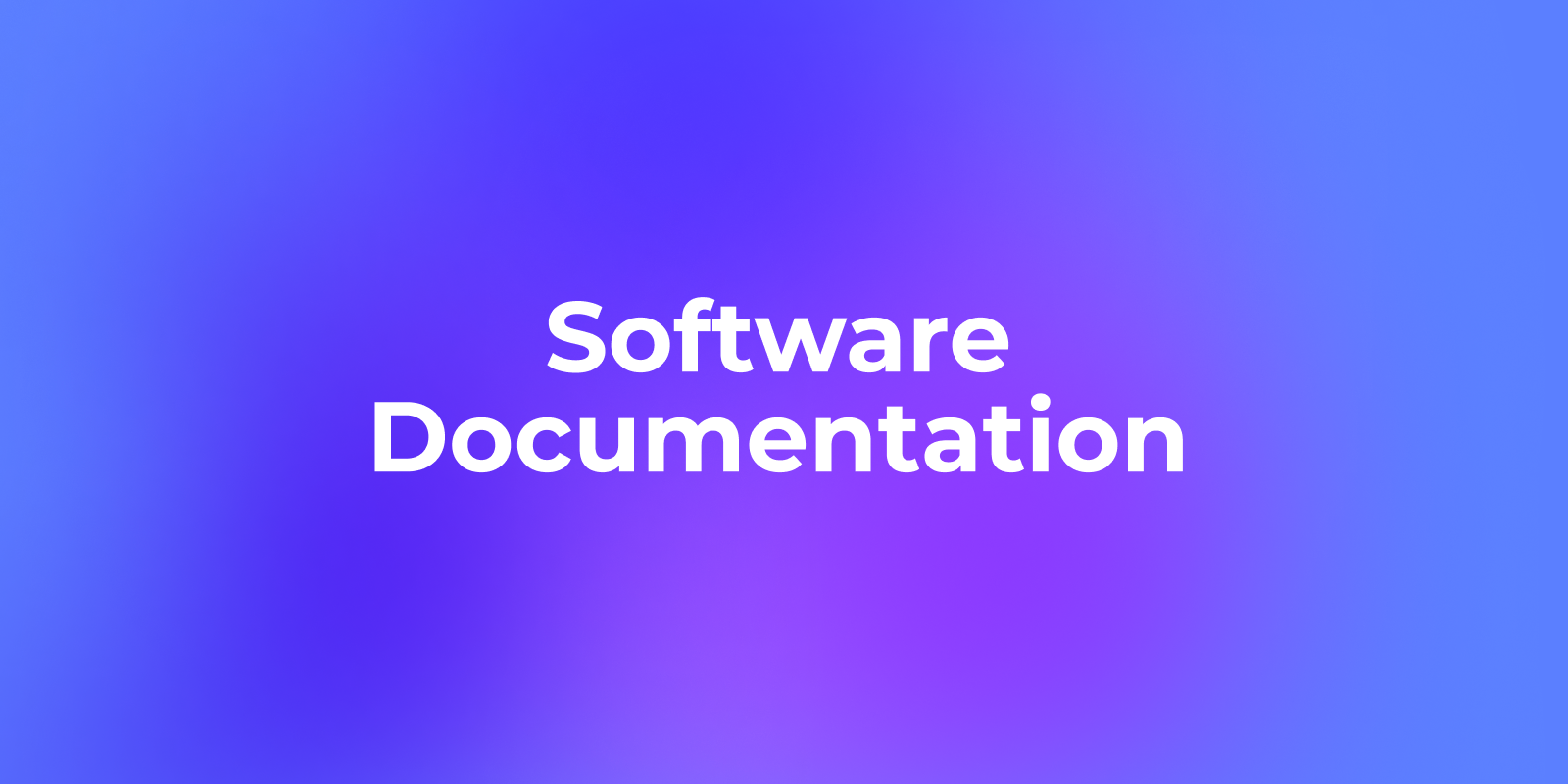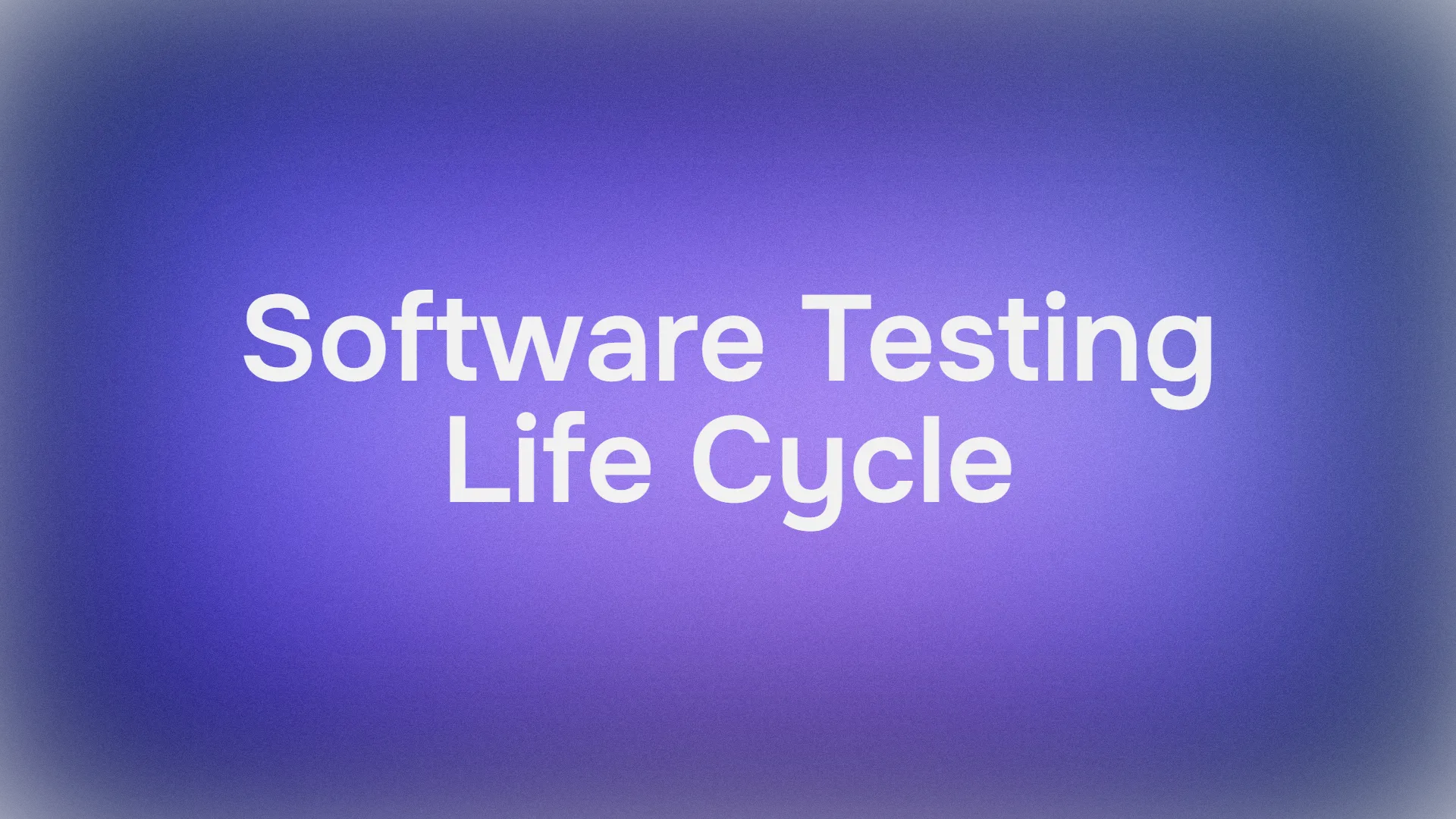Software documentation represents the comprehensive collection of written materials that explain how software works, how to use it, and what features it offers. This critical component serves as the bridge between complex technical systems and the humans who interact with them, whether they're developers, end users, or stakeholders seeking to understand and leverage software capabilities effectively.
In today's rapidly evolving technological landscape, software documentation has transformed from a simple afterthought into a strategic asset that directly impacts user adoption, developer productivity, and business success. The documentation encompasses everything from API documentation and technical specifications to user guides and troubleshooting resources, creating a comprehensive knowledge ecosystem that supports the entire software lifecycle.
The significance of quality documentation extends beyond mere information sharing. Well-crafted software documentation reduces support overhead, accelerates onboarding processes, and enables teams to scale more effectively. For API development platforms and technical products, documentation often serves as the first impression for potential users, making it a crucial factor in adoption decisions and long-term success.
Essential Types of Software Documentation
Understanding the diverse landscape of software documentation types enables teams to create comprehensive information architectures that serve different audiences and use cases effectively. Each documentation type addresses specific needs and requires tailored approaches to maximize value and usability.
Technical Documentation: The Foundation of API Management
Technical documentation forms the cornerstone of any robust API development platform, providing detailed information about technical characteristics, capabilities, and implementation details. This category includes API documentation that serves as reference material for developers integrating with your services.
Key components of technical documentation include:
- API Reference Documentation: Comprehensive guides covering endpoints, parameters, authentication methods, and response formats
- Schema Documentation: Detailed information about data structures, relationships, and validation rules
- Architecture Documentation: System design overviews, component interactions, and integration patterns
- SDK and Library Documentation: Implementation guides for various programming languages and frameworks
User Documentation: Bridging Technical Complexity
User documentation focuses on providing clear, actionable guidance for end users interacting with software systems. This documentation type emphasizes practical application over technical depth, ensuring users can accomplish their goals efficiently.
Essential user documentation elements:
- Getting Started Guides: Step-by-step onboarding processes that reduce time-to-value
- How-to Guides: Problem-oriented instructions for specific tasks and workflows
- Tutorials: Learning-oriented content that builds user competency progressively
- Reference Materials: Quick-access information for experienced users
Process Documentation: Ensuring Consistency and Quality
Process documentation captures the methodologies, procedures, and workflows that govern software development and maintenance activities. This documentation type proves invaluable for maintaining consistency across teams and ensuring knowledge transfer.
Critical process documentation includes:
- Development Workflows: Coding standards, review processes, and deployment procedures
- Testing Protocols: Quality assurance methodologies and validation criteria
- Release Management: Version control, change management, and deployment strategies
- Maintenance Procedures: Bug tracking, performance monitoring, and system updates
Proven Benefits of Professional Software Documentation in API Management
Implementing comprehensive software documentation strategies delivers measurable benefits that extend across technical, operational, and business dimensions. These advantages compound over time, creating sustainable competitive advantages for organizations that prioritize documentation excellence.
Enhanced Developer Experience and Adoption
Quality API documentation directly correlates with developer adoption rates and integration success. When developers can quickly understand, implement, and troubleshoot API integrations, they're more likely to choose your platform over competitors and recommend it to others.
Measurable developer experience improvements include:
- Reduced Integration Time: Clear documentation can decrease implementation time by 40-60%
- Lower Support Burden: Comprehensive guides reduce support ticket volume significantly
- Increased Developer Satisfaction: Well-documented APIs receive higher satisfaction ratings
- Faster Onboarding: New team members become productive more quickly
Operational Efficiency and Knowledge Management
Software documentation serves as institutional memory, preserving critical knowledge and reducing dependency on individual team members. This knowledge preservation becomes increasingly valuable as teams scale and evolve.
Key operational benefits:
- Reduced Knowledge Silos: Documentation democratizes access to technical knowledge
- Improved Collaboration: Clear specifications enable better cross-team coordination
- Streamlined Maintenance: Documented systems are easier to modify and extend
- Risk Mitigation: Comprehensive documentation reduces project risks and dependencies
Business Impact and Competitive Advantage
Professional documentation contributes directly to business outcomes by improving user experience, reducing churn, and enabling faster market expansion. Organizations with superior documentation often capture larger market shares in competitive landscapes.
Strategic business advantages:
- Increased User Retention: Better documentation leads to higher user satisfaction and retention
- Faster Market Penetration: Quality docs enable rapid partner and developer onboarding
- Reduced Training Costs: Self-service documentation reduces training overhead
- Enhanced Brand Reputation: Professional documentation reflects organizational competence
Best Practices for Creating Exceptional API Documentation
Developing world-class software documentation requires systematic approaches that balance comprehensiveness with usability. These proven practices ensure documentation serves its intended audiences effectively while remaining maintainable and scalable.
Audience-Centric Design and Content Strategy
Successful documentation begins with deep understanding of target audiences and their specific needs, goals, and contexts. Different user types require different information architectures and presentation styles.
Audience analysis framework:
- Developer Personas: Technical skill levels, preferred learning styles, and integration contexts
- Use Case Mapping: Common workflows, pain points, and success criteria
- Content Preferences: Format preferences, depth requirements, and accessibility needs
- Feedback Mechanisms: Continuous improvement processes based on user input
Structural Organization and Information Architecture
Effective API documentation employs logical organization principles that enable users to find information quickly and understand relationships between different concepts and procedures.
Organizational best practices:
- Hierarchical Structure: Clear navigation paths from general to specific information
- Cross-Referencing: Strategic linking between related concepts and procedures
- Progressive Disclosure: Layered information depth that accommodates different user needs
- Consistent Formatting: Standardized presentation patterns that reduce cognitive load
Quality Assurance and Maintenance Protocols
Documentation quality requires ongoing attention and systematic maintenance processes. Outdated or inaccurate documentation can be worse than no documentation, as it misleads users and erodes trust.
Quality maintenance strategies:
- Version Synchronization: Documentation updates aligned with software releases
- Accuracy Verification: Regular testing of examples and procedures
- User Feedback Integration: Systematic collection and incorporation of user suggestions
- Performance Monitoring: Analytics-driven insights into documentation effectiveness
How Apidog Revolutionizes API Documentation and Development Workflows
While understanding documentation principles provides the foundation for success, implementing these practices efficiently requires sophisticated tooling that streamlines creation, maintenance, and distribution processes. Apidog emerges as the comprehensive API development platform that transforms how teams approach API documentation and management.
Apidog's integrated approach addresses the complete documentation lifecycle, from initial API design through ongoing maintenance and user support. The platform combines powerful design tools, automated documentation generation, and collaborative features that enable teams to create professional-grade API documentation without the traditional overhead and complexity.
Key advantages of Apidog for software documentation:
- Automated Documentation Generation: Sync documentation with API specifications automatically
- Interactive Documentation: Live examples and testing capabilities within documentation
- Collaborative Editing: Team-based workflows with version control and review processes
- Custom Branding: Professional presentation with custom styling and domain options
- Analytics and Insights: Usage tracking and user behavior analysis for continuous improvement
The platform's visual design interface enables teams to create comprehensive API documentation that includes interactive examples, detailed parameter descriptions, and real-time testing capabilities. This approach ensures documentation remains accurate, useful, and engaging for developers integrating with your APIs.
For organizations serious about API management and developer experience, Apidog provides the professional tooling necessary to compete effectively in today's API-driven marketplace while maintaining the documentation quality that drives long-term success.
Conclusion: Transform Your Development Process with Professional Software Documentation
Software documentation represents far more than a compliance requirement or afterthought in modern development processes. It serves as a strategic asset that directly impacts user adoption, developer productivity, and business success across multiple dimensions.
The evidence clearly demonstrates that organizations investing in comprehensive API documentation and software documentation practices achieve measurable advantages in developer experience, operational efficiency, and competitive positioning. These benefits compound over time, creating sustainable advantages that become increasingly difficult for competitors to replicate.
Success in today's API-driven marketplace requires more than functional software—it demands exceptional documentation that enables users to understand, implement, and succeed with your solutions quickly and confidently. The organizations that recognize this reality and invest accordingly will capture disproportionate market share and developer mindshare.
Apidog provides the comprehensive API development platform that makes professional documentation achievable for teams of all sizes. By combining powerful design tools, automated generation capabilities, and collaborative workflows, Apidog eliminates the traditional barriers to creating world-class API documentation.
Ready to transform your documentation process and accelerate your API success? Discover how Apidog can revolutionize your API management workflow and create the professional documentation that drives developer adoption and business growth. Sign up for Apidog today and experience the difference that professional API development tools make in your documentation quality and team productivity.



